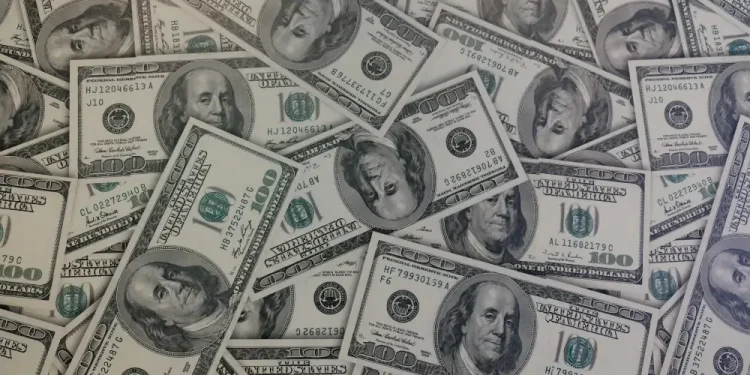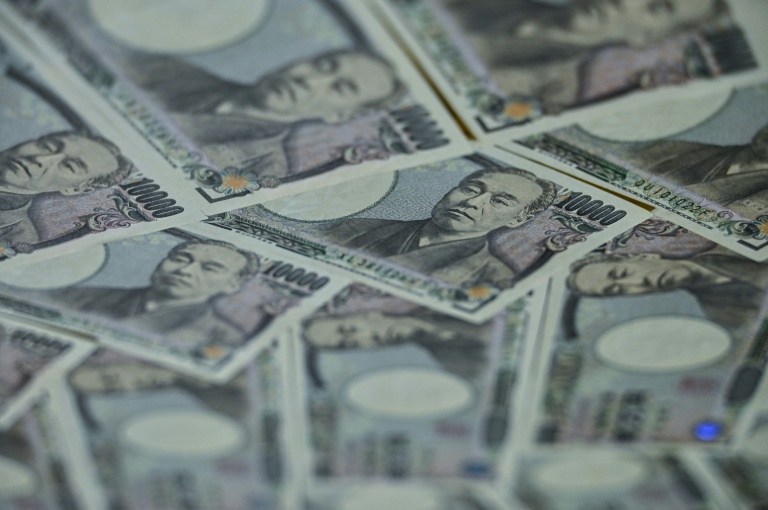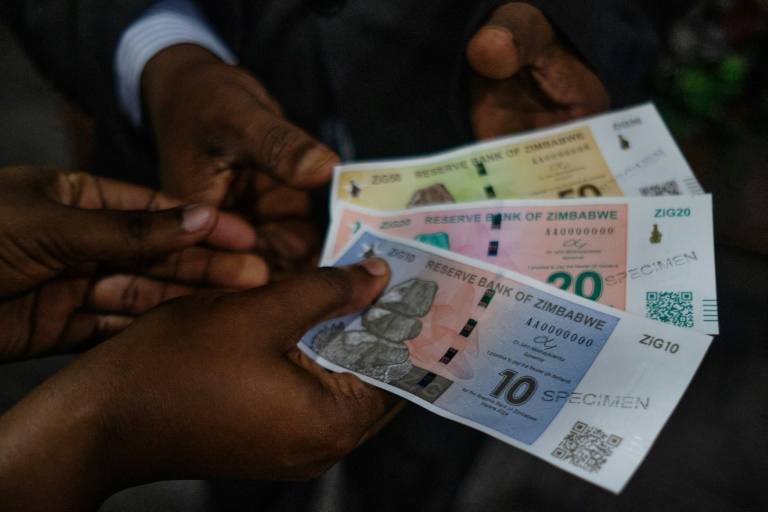From its humble beginnings to becoming the world’s reserve currency, the history of the US dollar is a fascinating tale of economic power and global influence. The history of the US dollar can be divided into eight eras.
Colonial Era (17th century – 1785)
The history of the US dollar finds its roots in the diverse currencies and monetary systems of the American colonies during the Colonial Era. In the early years of settlement, the colonies relied on various forms of currency, including commodity money, foreign coins, and colonial script issued by individual colonies.
Due to the lack of a unified currency system, trade and commerce were often hindered by the absence of standardized money. Each colony had its own system of currency, leading to confusion and inefficiency in transactions. Additionally, shortages of currency were common, exacerbating economic instability within the colonies.
As trade with England and other European powers increased, the need for a standardized currency became more apparent. However, attempts to establish a common currency were met with challenges, as colonial governments retained significant autonomy over monetary policy.
Despite these challenges, the Colonial Era laid the groundwork for the eventual emergence of a unified currency system in the United States. The experiences of the colonies in managing their currencies and navigating economic uncertainties would shape the future development of the US dollar.
Early Republic and the First Bank of the United States (1785 – 1811)
Following the tumultuous period of the Revolutionary War, the newly independent United States faced significant challenges in establishing a stable monetary system. In the years immediately following independence, the states continued to issue their own currencies, leading to a fragmented and unreliable monetary landscape.
Recognizing the need for a unified currency and a central banking system, Alexander Hamilton, the first Secretary of the Treasury, proposed the creation of the First Bank of the United States. Chartered in 1791, the First Bank served as the nation’s central bank and played a crucial role in stabilizing the currency.
One of the primary functions of the First Bank was to issue a common national currency, backed by the federal government. This currency, known as “banknotes,” provided a more reliable medium of exchange compared to the patchwork of state-issued currencies. Moreover, the First Bank served as a regulatory authority over state-chartered banks, helping to maintain financial stability and prevent banking crises.
Despite its importance in establishing a stable monetary system, the First Bank faced significant opposition from political factions opposed to centralized banking and perceived government overreach. The debate over the bank’s charter ignited tensions between Federalists, who supported Hamilton’s vision of a strong central government, and Anti-Federalists, who favored greater states’ rights and limited federal authority.
Ultimately, the charter of the First Bank of the United States expired in 1811 amid political controversy and opposition from President Thomas Jefferson and his supporters. Its closure marked the end of the first experiment with central banking in the United States, leaving the nation without a central banking authority until the establishment of the Second Bank of the United States in 1816.
The legacy of the First Bank of the United States would endure, shaping subsequent debates over monetary policy and the role of central banking in the American economy. Its brief existence laid the groundwork for future efforts to establish a more robust and enduring central banking system in the United States.
Free Banking Era (1837 – 1863)
The Free Banking Era, spanning from 1837 to 1863, marked a period of experimentation and innovation in the American banking system. With the expiration of the charter of the First Bank of the United States in 1811 and the subsequent failure of the Second Bank of the United States, the United States entered a phase of decentralized banking.
During the Free Banking Era, state governments began to grant charters to numerous banks, each with the authority to issue its own currency. This led to a proliferation of banknotes backed by varying degrees of collateral, including specie (gold and silver) and state bonds.
While the Free Banking Era provided greater flexibility and accessibility in banking services, it also introduced significant risks and instability into the financial system. The lack of centralized regulation and oversight allowed for widespread fraud, speculation, and bank failures.
One notable feature of the Free Banking Era was the phenomenon of “wildcat banking,” where banks would operate with little to no regulation or oversight, often in remote or sparsely populated areas. These “wildcat banks” issued banknotes of questionable value, leading to widespread distrust of paper currency and frequent instances of fraud.
Despite its shortcomings, the Free Banking Era represented a period of innovation and experimentation in American finance. It laid the groundwork for future reforms aimed at establishing a more stable and reliable banking system, including the creation of the National Banking System during the Civil War.
Fun Fact: During the Free Banking Era, it was not uncommon for banks to issue banknotes in denominations as small as one dollar. These banknotes often featured intricate designs and colorful illustrations, reflecting the creativity and diversity of American currency during this period.
Civil War and the Greenback Era (1861 – 1879)
The outbreak of the Civil War in 1861 posed significant challenges for the United States, including the financing of military operations and the stabilization of the economy. To meet the financial demands of the war effort, the federal government turned to the issuance of paper currency known as “greenbacks.”
Greenbacks were fiat currency, meaning they were not backed by gold or silver but rather by the full faith and credit of the United States government. Initially, they were not well-received, as many doubted their value and stability compared to gold-backed currency.
However, as the war progressed and the Union’s military successes mounted, confidence in the greenbacks grew. The government’s ability to maintain the value of the currency despite the absence of specie redemption bolstered public trust in the paper money.
The Greenback Era marked a significant departure from the gold standard that had prevailed in the United States since the late 18th century. It demonstrated the government’s ability to effectively manage the money supply and finance its operations through the issuance of fiat currency.
Despite their success during the war, greenbacks faced opposition from proponents of sound money, who advocated for a return to the gold standard. The debate over the future of the nation’s monetary system would persist long after the end of the Civil War.
Ultimately, the Greenback Era laid the groundwork for the evolution of the US dollar into a fully fiat currency, with its value determined by government decree rather than tied to a specific commodity. This shift would have far-reaching implications for monetary policy and the stability of the US economy in the years to come.
Gold Standard Era (1879 – 1933)
Following the conclusion of the Civil War, the United States entered a period known as the Gold Standard Era, which lasted from 1879 to 1933. Under the gold standard, the value of the US dollar was directly linked to a fixed quantity of gold, providing stability and confidence in the nation’s currency.
In 1879, the US officially adopted the gold standard, establishing a fixed exchange rate between gold and the dollar. This meant that individuals could exchange their dollars for a specific amount of gold at any time, ensuring the convertibility of currency into a tangible asset.
The gold standard had several implications for monetary policy and economic stability. By tying the value of the dollar to gold, the government committed itself to maintaining a stable price level and controlling inflation. This provided a measure of confidence to investors and businesses, fostering economic growth and stability.
However, adherence to the gold standard also imposed constraints on monetary policy, particularly during times of economic downturn or crisis. Because the money supply was directly linked to the supply of gold, the government’s ability to respond to changing economic conditions was limited.
Despite its limitations, the gold standard era was marked by relative stability in the value of the US dollar and the broader economy. The commitment to sound money and fiscal responsibility helped to foster confidence in the nation’s currency and attract foreign investment.
However, the rigidity of the gold standard would ultimately prove unsustainable in the face of mounting economic challenges, including the Great Depression. The constraints imposed by the gold standard would necessitate a reevaluation of US monetary policy and the role of the dollar in the global economy.
Great Depression and Abandonment of the Gold Standard (1933 – 1944)
The onset of the Great Depression in the 1930s brought unprecedented challenges to the United States economy and its monetary system. As the crisis deepened, the rigid constraints of the gold standard exacerbated the economic downturn, limiting the government’s ability to respond effectively.
In 1933, President Franklin D. Roosevelt took decisive action to address the crisis by implementing a series of measures aimed at stabilizing the financial system and stimulating economic recovery. One of the most significant actions was the passage of the Gold Reserve Act, which effectively suspended the gold standard domestically and authorized the government to devalue the dollar relative to gold.
Under the Gold Reserve Act, the government required individuals and institutions to surrender their gold holdings to the Federal Reserve in exchange for dollars at the fixed rate of $20.67 per ounce. This devaluation of the dollar helped to stimulate exports and boost economic activity, providing much-needed relief during the depths of the Great Depression.
Internationally, the Bretton Woods Agreement of 1944 marked a significant milestone in the evolution of the US dollar and the global monetary system. Under the agreement, participating countries agreed to peg their currencies to the US dollar, which in turn was convertible to gold at a fixed rate of $35 per ounce. This system effectively established the US dollar as the world’s primary reserve currency, providing stability and facilitating international trade and investment.
However, mounting trade deficits and inflationary pressures in the post-war era would strain the Bretton Woods system, ultimately leading to its collapse. In 1971, President Richard Nixon took the historic step of abandoning the gold standard entirely, effectively ending the convertibility of the US dollar into gold.
The move, known as the “Nixon Shock,” ushered in a new era of floating exchange rates and fiat currencies, where the value of the dollar was determined by market forces rather than tied to a specific commodity. While initially met with uncertainty and skepticism, the abandonment of the gold standard paved the way for greater flexibility in monetary policy and the emergence of the modern global financial system.
The legacy of the Great Depression and the abandonment of the gold standard would profoundly shape US monetary policy and the role of the dollar in the global economy for decades to come.
Bretton Woods System and Nixon Shock (1944 – 1971)
The Bretton Woods System, established in 1944 at the United Nations Monetary and Financial Conference held in Bretton Woods, New Hampshire, laid the foundation for the post-World War II international monetary order. Under this system, the US dollar was designated as the world’s primary reserve currency, backed by gold at a fixed exchange rate of $35 per ounce. Other major currencies were pegged to the dollar, creating a system of fixed exchange rates.
The Bretton Woods Agreement aimed to promote economic stability and facilitate international trade by providing a framework for cooperation among participating countries. It sought to avoid the currency devaluations and trade imbalances that had contributed to the economic turmoil of the interwar period.
For several decades, the Bretton Woods System succeeded in maintaining relative stability in the international monetary system. The US dollar, as the linchpin of the system, played a central role in facilitating global trade and investment, while gold provided a tangible anchor for currencies.
However, strains began to emerge in the late 1960s as the United States experienced mounting trade deficits and inflationary pressures. The cost of financing the Vietnam War and implementing President Lyndon B. Johnson’s Great Society programs exacerbated fiscal imbalances, leading to concerns about the sustainability of the Bretton Woods System.
In August 1971, facing pressure to address the growing imbalance between the value of the US dollar and its gold reserves, President Richard Nixon announced a series of measures to stabilize the currency. These measures, collectively known as the “Nixon Shock,” included the suspension of the dollar’s convertibility into gold and the imposition of a 10% surcharge on imports.
The Nixon Shock effectively marked the end of the Bretton Woods System and the era of fixed exchange rates. It ushered in a new era of floating exchange rates and fiat currencies, where the value of the dollar was determined by market forces rather than tied to a specific commodity.
While initially met with uncertainty and volatility, the transition to a flexible exchange rate regime ultimately provided greater flexibility for monetary policy and facilitated adjustments to changing economic conditions. The legacy of the Bretton Woods System and the Nixon Shock continues to shape discussions about international monetary cooperation and the role of the US dollar in the global economy.
Floating Exchange Rates and Modern Monetary Policy (1971 – present)
Following the collapse of the Bretton Woods System and the transition to floating exchange rates in the early 1970s, the US dollar emerged as the world’s dominant reserve currency. In this new era, the value of the dollar became increasingly influenced by market forces, reflecting the interplay of supply and demand in global currency markets.
The adoption of floating exchange rates provided greater flexibility for monetary policy, allowing central banks to adjust interest rates and intervene in currency markets to stabilize their respective currencies. This flexibility became particularly important in an era of increasing globalization, where economic shocks in one part of the world could quickly reverberate across global financial markets.
Throughout the late 20th and early 21st centuries, the Federal Reserve played a central role in managing US monetary policy to achieve its dual mandate of price stability and maximum employment. Through open market operations, changes in the federal funds rate, and unconventional policy measures such as quantitative easing, the Fed sought to influence interest rates, inflation, and economic growth.
The Fed’s actions had far-reaching implications not only for the US economy but also for the global financial system. Changes in US monetary policy could impact exchange rates, capital flows, and financial conditions around the world, highlighting the interconnectedness of the global economy.
In recent decades, the Federal Reserve has faced new challenges and uncertainties, including the global financial crisis of 2008 and the COVID-19 pandemic. In response to these crises, the Fed implemented a range of extraordinary measures to support financial stability and stimulate economic recovery, including lowering interest rates to near-zero levels and expanding its balance sheet through large-scale asset purchases.
The Fed’s response to these crises has sparked debate and discussion about the appropriate role of central banks in managing economic downturns and the potential risks and unintended consequences of unconventional monetary policy measures.
As the United States and the world continue to navigate the complexities of the modern economy, the role of the US dollar remains central to discussions about international trade, finance, and monetary policy. The evolution of the US dollar from the Colonial Era to the present day reflects the dynamic interplay of economic, political, and technological forces that have shaped the course of history.






















